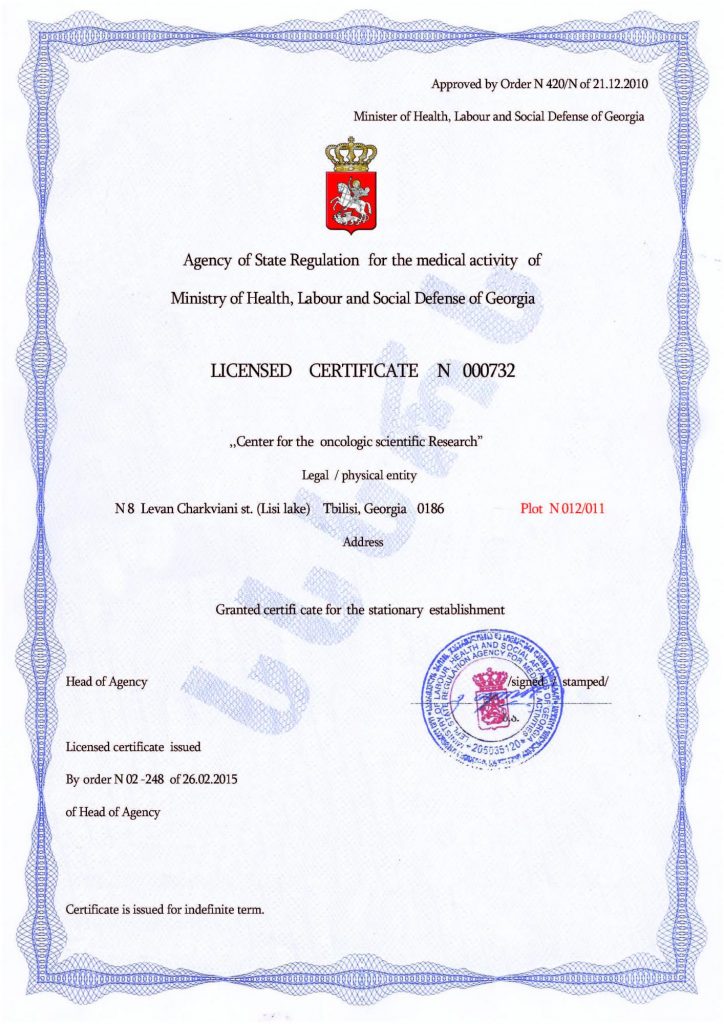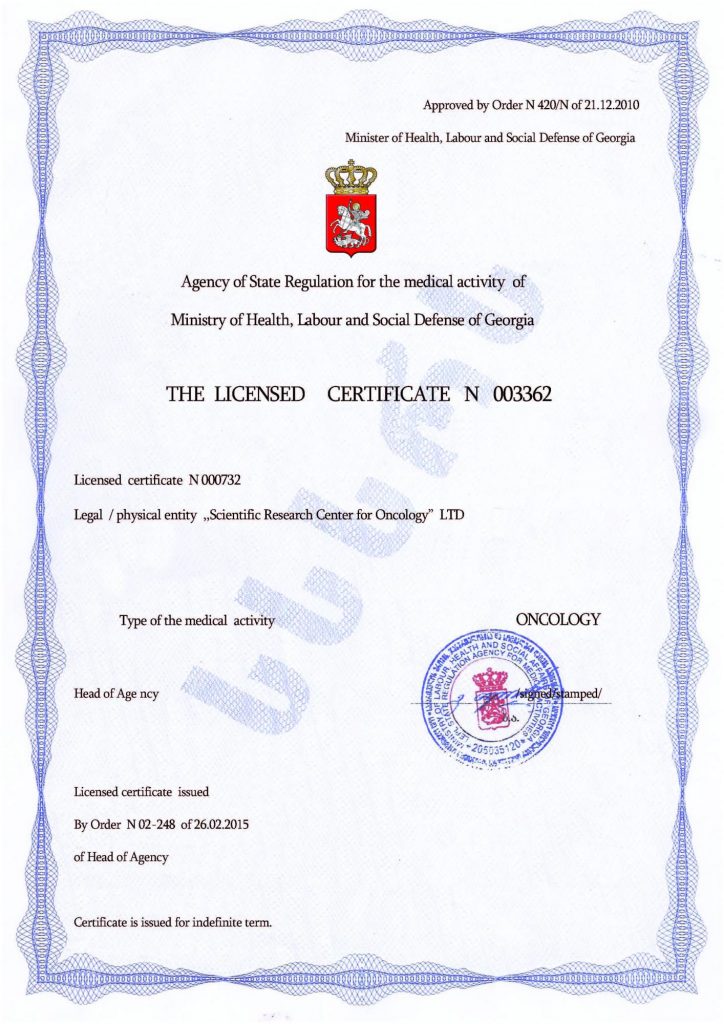Creating a Healthier Environment for Children with Autism and Their Families
Families with children with autism have traditionally faced difficulties in adapting their homes and creating conditions that work for everyone. The needs of each person are different, but there are universal rules that can play a significant role when followed. First and foremost, this includes taking into account the sensory system characteristics of individuals with autism when designing interiors, developing a predictable daily routine, encouraging physical activity, and maintaining a diet—measures that are particularly important for developing stress management skills and improving concentration. Reducing sensory overload or following a clear schedule of activities can greatly enhance quality of life and help those with autism feel more at ease.
- Considering Sensory Needs When Designing Spaces
Interior features can reduce overload and calm individuals. Sensory sensitivity varies greatly, so it is important to adapt the environment to specific needs. The goal is to minimize distractions, provide comfort, and create a space in which they feel safe and protected.
- Soft or natural lighting is most favorable.
- Soothing colors, such as pastel or muted tones, reduce visual stimulation.
- Noise-canceling headphones or quiet background music help drown out disturbing sounds.
- Weighted blankets or soft bedding contribute to comfort and a sense of security.
- It is necessary to maintain cleanliness, especially in the child’s room.
- Sensory toys can assist with self-regulation.
- Ideally, there should be a quiet corner in the room where the individual can retreat, even if no one else is present.
By adapting the space in this way, individuals with autism are more likely to feel relaxed and at ease, allowing them to engage in activities without excessive stimulation.
- Maintaining a Clear Daily Routine
For individuals with autism, a structured routine is a key to stability, security, and predictability of the environment. It can reduce anxiety and help with daily tasks. This is especially important for ensuring concentration and minimizing stress. It is necessary to have meals, cooking, watching TV, or using computers or mobile devices at the same times each day.
Following a daily schedule promotes emotional stability and personal development, and it can also be beneficial for managing sensory sensitivity since it allows one to know in advance when and where specific events or activities will take place. Studies show that individuals with autism who follow a structured daily routine experience less anxiety and are more likely to participate in social and recreational activities. Following a routine leads to greater independence, reduced frustration, and an improved overall sense of well-being. - Supporting Emotional Well-Being
Emotional well-being is crucial for individuals with autism as it plays a vital role in maintaining overall health and quality of life.
Autistic individuals often find it difficult to recognize and express emotions, which can lead to frustration or anxiety. Creating an environment that promotes emotional regulation can help them deal with these challenges. Engaging in various forms of art or even journaling helps with self-expression in any convenient form.
It is important to acknowledge emotional achievements, such as when an individual successfully navigates a challenging situation. This positive reinforcement boosts self-esteem and helps further stabilize their emotional state, which is necessary for a happier and healthier life and stronger relationships with others. - Encouraging Physical Activity
Physical activity is essential for individuals with autism because it contributes to both physical and mental well-being. Regular exercise helps improve motor skills, coordination, and overall health. It can also reduce anxiety, improve mood, and enhance concentration. Walking, swimming, or playing sports are accessible activities for nearly everyone. By incorporating exercise into daily life, one can help individuals with autism develop healthy habits that promote relaxation and allow them to release or build up energy. - Diet and Nutrition
Diet and nutrition play a key role in maintaining overall health and well-being for individuals with autism. Proper food choices can improve concentration, energy levels, and emotional regulation. While there is no universal approach to nutrition for autism, certain dietary changes can have a noticeable impact on behavior and communication. A balanced diet rich in whole foods, such as fruits, vegetables, lean proteins, and healthy fats, provides essential nutrients for brain function and physical health. When developing a diet, it is important to focus on:
- Limiting the consumption of processed foods that contain large amounts of sugar and artificial additives.
- Including omega-3 fatty acids, beneficial for brain health, found in fish and flax seeds.
- Avoiding foods containing gluten or casein if there is suspected food sensitivity.
Creating an environment that considers all of the needs of an individual with autism and maintaining conditions that contribute to their well-being will require time, effort, and likely substantial financial investment. However, it is far more logical to take one decisive step to address the disorder and its symptoms, which negatively impact quality of life and all other aspects. Cellular therapy is an innovative, reliable, and safe method to combat autism.
Healing occurs completely naturally, without the use of medications, relying on the body’s regenerative capabilities. The transplantation of the patient’s own stem cells, with no risk of rejection, leads to them transforming into healthy analogs of damaged cells and replacing them. As a result, shortly after the procedure, brain and nervous system activities are normalized, which enhances the effectiveness of other corrective methods. Additionally, behavior improves, cognitive abilities are enhanced, and positive dynamics are observed in all other areas.
Thanks to its promising nature, cellular therapy has already become an internationally recognized method for combating autism and may become the primary approach used in the future. It is practiced in leading clinics around the world, including the Mardaleishvili Medical Center. The highly qualified doctors here have extensive experience in successfully treating autism, with the help of cutting-edge equipment. The center’s services are more affordable than treatments in other countries with advanced healthcare systems. Moreover, patients can receive assistance with trip planning, accommodation arrangements, and other issues.
Cellular therapy is the best solution for life’s challenges!
Autism Treatment Center Videos
Autism treatment with own stem cells
Cord blood association congress
International Quality Crown
Autism Treatment Reviews
Autism treatment with own stem cells
The story of Alessandro (6 years old)
Autism Patient Testimonial - Stem Cell Treatment
Clients Testimonials

Feedback from Igor, David’s father (12 years old) Read More
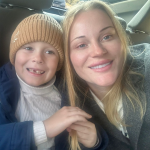
Feedback from Olga, Fedya’s mother Read More

Feedback from Natalia, Radomir’s mother (15 years old) Read More
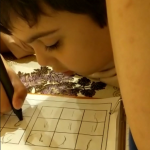
Feedback from Esther, Samuel’s mother (8 years old) Read More
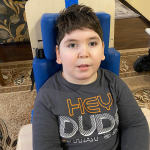
Feedback from Abibe, Selim’s mother (7 years old) Read More









